Elbow sleeves don’t add kilos the way a bench shirt does. What they do is improve comfort, warmth, and joint awareness, so you can train more consistently—especially on high-volume pressing. That consistency (finishing every set, week after week) is what moves the numbers. Use a firmer Double-Ply sleeve for heavy bench days and a 7 mm sleeve for long, mixed sessions.
Fast links (internal):
• Elbow Sleeves – Collection → https://www.fitnessfox.co.nz/collections/elbow-sleeves
• Double-Ply Elbow Sleeves (Black/Gold) – 6-Month Warranty → https://www.fitnessfox.co.nz/collections/elbow-sleeves/products/double-ply-elbow-sleeves-black-gold
• 7 mm Pro Elbow Sleeves (Pair) → https://www.fitnessfox.co.nz/collections/elbow-sleeves/products/fitnessfox-7mm-pro-elbow-sleeves-pair
What elbow sleeves actually do (no hype)
-
Compression – a uniform “hug” around the joint that can dampen background irritation during pressing and accessories.
-
Warmth – tissues feel less creaky between sets (big win in cold garages or early sessions).
-
Proprioception – the tactile cue helps you repeat a steady bar path and lockout.
What they don’t do: manufacture strength out of thin air or compensate for poor technique, rushed warm-ups, or reckless load jumps.
Read more: Do Elbow Sleeves Help with Tendonitis? (NZ Guide for Lifters)

Comfort vs kilos: how sleeves indirectly help you lift more
Elbow sleeves are best thought of as consistency tools. When elbows feel better, you tend to:
-
Complete the programmed volume (instead of cutting sets short).
-
Hold quality technique longer into a session (less wincing, more focus).
-
Recover better because you didn’t grind through avoidable irritation.
Over a 4–8-week block, that extra high-quality work compounds into PRs—not because the sleeve added force, but because you did the work.
Read more: What Do Knee Sleeves Do? (Fitness Fox Guide)
Where sleeves help (and how to pick the right feel)
|
Movement / context |
What you’ll notice |
Why it matters |
Best sleeve choice |
|
Bench press (work sets) |
Calmer elbows, steadier touch |
You finish the plan instead of trimming sets |
Double-Ply for heavy days; 7 mm for long sessions |
|
Close-grip / tempo / Spoto |
Support during long eccentrics |
More quality reps = stronger triceps & groove |
Double-Ply on top sets • 7 mm for volume |
|
Overhead press / dips / skull-crushers |
Less tendon grumble mid-session |
Keeps accessories productive |
7 mm (all-session comfort) |
|
Cold garage / morning lifts |
Faster warm-ups, fewer “zingy” reps |
You hit target volume earlier |
Either – choose by session length |
Shop options (XS–4XL): Elbow Sleeves – Collection → https://www.fitnessfox.co.nz/collections/elbow-sleeves
When sleeves don’t help (or can hold you back)
-
Deadlift carryover is minimal. Save the sleeves for pressing and elbow-dominant accessories.
-
Technique problems (bar path, wrist stacking, shoulder position) can’t be solved with compression.
-
Load jumps: feeling “better” isn’t a licence to spike intensity or volume.
-
Masking pain: sharp, localized pain needs assessment—not more gear.

Programming sleeves into your week
Use sleeves strategically, not reflexively.
|
Training phase |
How to use sleeves |
Why it works |
Practical tip |
|
Hypertrophy / Volume |
Wear on most pressing + elbow-dominant accessories |
Compression + warmth make high reps tolerable |
Prefer 7 mm in a regular/snug fit |
|
Strength / Peaking |
Use on heavy bench days & key accessories |
Consistent groove + joint confidence |
Bring in Double-Ply for top sets |
|
Return from a niggle |
Start with accessories, scale to bench |
Comfort while rebuilding tolerance |
Begin 7 mm, add Double-Ply later |
|
Cold gym |
From empty bar to last work set |
Warmer soft tissue = better reps |
Either model works—match to session length |
Fit & sizing that actually works
-
Tight (support-forward): firm hug, no numbness/tingling. Best for short, heavy sessions.
-
Regular/snug (comfort-forward): even pressure you can keep on for 60–120 minutes.
How to measure (quick method):
-
Arm relaxed: measure the mid-forearm at its largest point.
-
Measure the mid-biceps at its largest point.
-
Choose the size that’s snug without pinching at full flexion/extension (size to the larger arm if asymmetric).
-
Between sizes? Pick regular/snug for long sessions; tighter for short, heavy sets.
Avoid these mistakes: sizing by bodyweight instead of arm girth; wearing max-tight sleeves for marathon sessions; using sleeves to push through sharp pain.
Read more: What Do Knee Sleeves Do? (Fitness Fox Guide)
Bench-day setup (step-by-step)
-
Warm up tissues — 2–3 minutes of band push-downs & face pulls, then empty-bar bench.
-
Roll & slide — turn the sleeve halfway inside-out, slide from wrist to mid-forearm, unroll so the centre panel sits over the elbow crease.
-
Check range — fully bend/extend; there should be no sharp pinching.
-
Work-set window — keep sleeves on from first work set to last; for long sessions, peel the top edge down between movements to let skin breathe.
-
Care — turn inside-out to dry post-session; occasional hand-wash; no hot dryers (protect elasticity & seams).
Read more: Do Elbow Sleeves Help in Powerlifting? How to Use Them the Smart Way
Technique fundamentals that matter more than any sleeve
-
Wrist & elbow stack — knuckles to ceiling, forearm vertical over wrist at touch.
-
Bar path — touch lower sternum, press back-and-up (not straight to the rack).
-
Shoulders set — scapular retraction + depression; tall ribcage.
-
Accessory balance — pair pressing with rows/face pulls to keep elbows/shoulders happy.
-
Load discipline — small weekly progressions beat occasional hero jumps.
Read more: How to Measure for a Knee Sleeve (Accurate Fit in 60 Seconds) – Fitness Fox NZ
Product picks (sell the feel, not just the spec)
Double-Ply Elbow Sleeves (Black/Gold) — 6-Month Warranty
Feel: firmer, “snappier,” and warmer—confidence for heavy bench days, close-grip triples, and top-set intensity.
Who it’s for: lifters who want a locked-in sensation without stiff, restrictive gear.
Size run: XS–4XL.
Shop: https://www.fitnessfox.co.nz/collections/elbow-sleeves/products/double-ply-elbow-sleeves-black-gold
7 mm Pro Elbow Sleeves (Pair)
Feel: warm, stable compression you can wear through long bench + accessory sessions without overheating.
Who it’s for: lifters who want sleeves they can forget about by set three—great for volume blocks.
Size run: S–4XL.
Shop: https://www.fitnessfox.co.nz/collections/elbow-sleeves/products/fitnessfox-7mm-pro-elbow-sleeves-pair
Compare both models and sizes in one place: Elbow Sleeves – Collection → https://www.fitnessfox.co.nz/collections/elbow-sleeves
NZ perks: Free shipping $50+, Express next-day option, 30-day returns, Afterpay/Zip at checkout.
High-quality comparison table (use-case → fit → sleeve)
|
Use-case in training |
What you’ll feel |
Fit to choose |
Session length |
Fitness Fox sleeve |
|
Heavy bench (1–3RM) |
“Locked-in” elbow, steadier touch |
Tight |
30–60 min |
Double-Ply |
|
Bench volume (5–10 reps) |
Warmth without overheating |
Regular/snug |
60–120 min |
7 mm Pro |
|
Close-grip / tempo / Spoto |
Support for long eccentrics |
Snug (tight for top sets) |
45–90 min |
Double-Ply or 7 mm Pro |
|
OHP / dips / extensions |
Calmer tendons on accessories |
Snug |
30–60 min |
7 mm Pro |
|
Low-bar squat (rack irritation) |
Less biceps/elbow crankiness |
Snug |
45–90 min |
7 mm Pro (comfort) / Double-Ply (firmer) |
FAQs
Do elbow sleeves actually make you lift more?
-
Not directly. They boost comfort and consistency—so you complete the volume that does drive strength.
Which sleeve should I wear on a heavy bench day?
-
Double-Ply for a firmer, snappier feel on top sets; 7 mm for long bench + accessory sessions.
How tight should elbow sleeves be?
-
Tight but not numb. If you feel tingling or colour changes in the hand, loosen or size up. For long sessions, choose a regular/snug fit.
Can I wear sleeves every upper-body day?
-
Yes—especially during volume phases. If elbows feel perfect, rotate to regular/snug or go sleeve-free on easy days.
Will sleeves fix elbow pain?
-
They can reduce irritation, but lasting fix = technique, load management, and accessory balance. See a clinician for sharp or persistent pain.


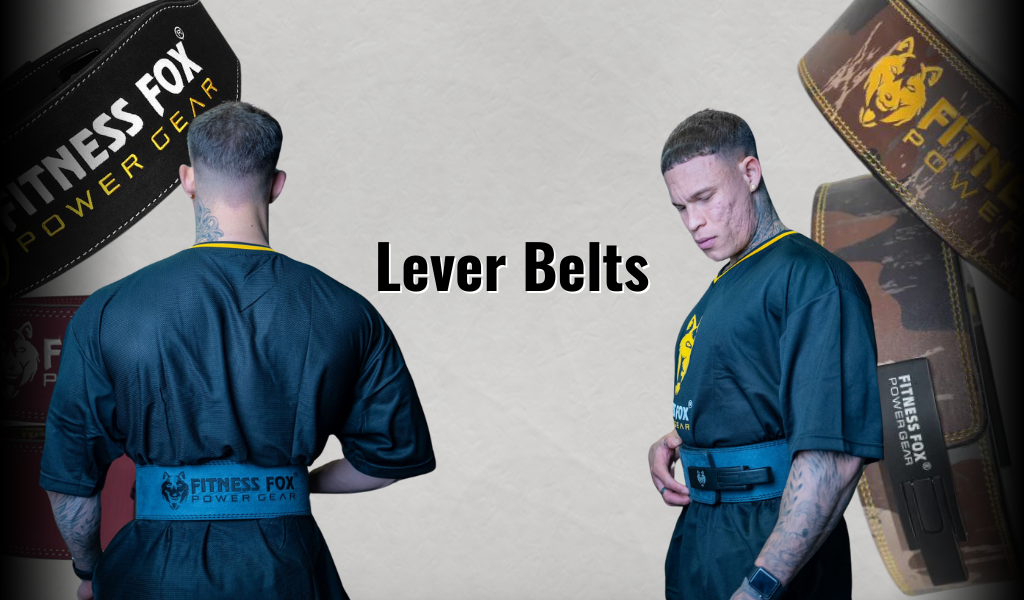
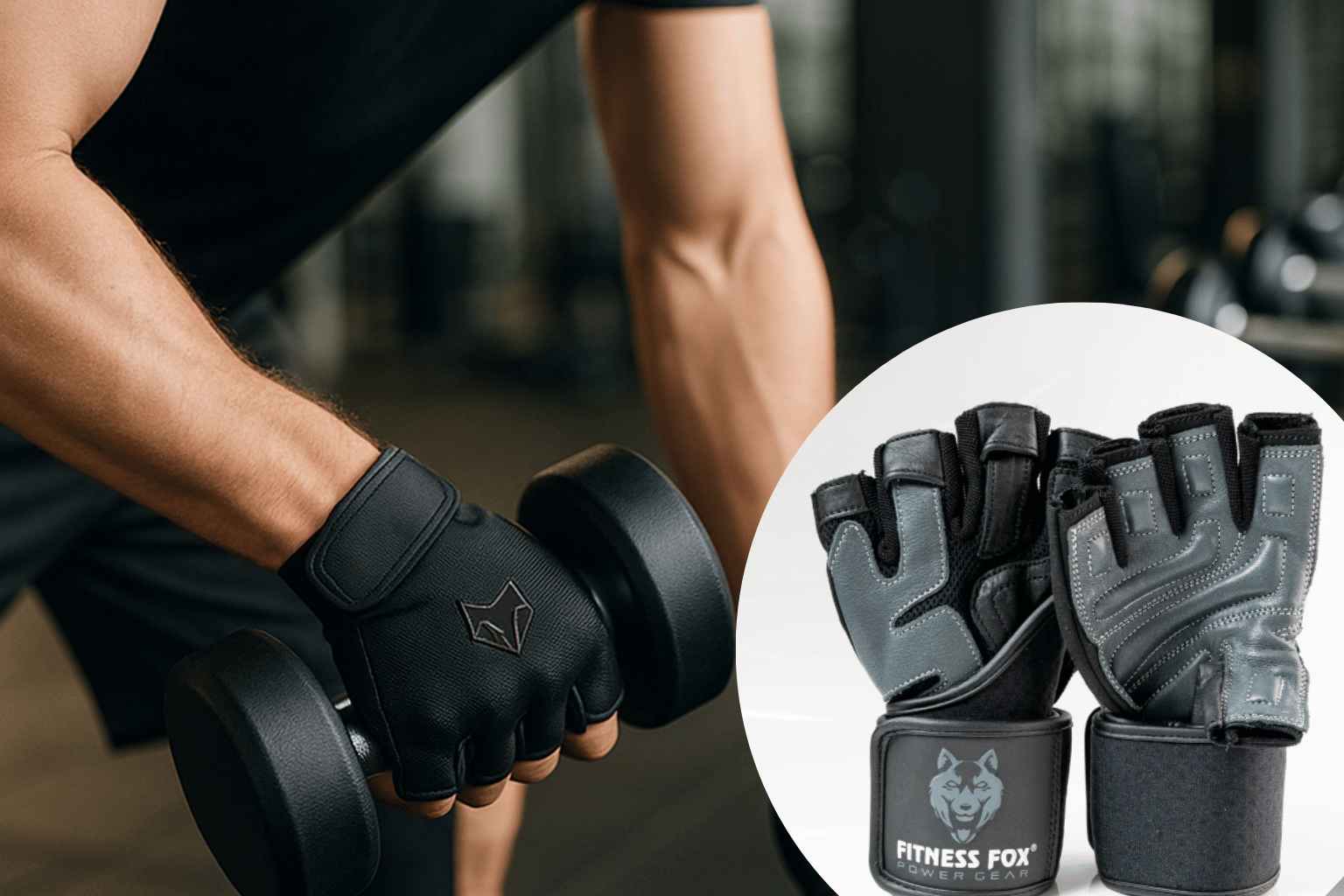

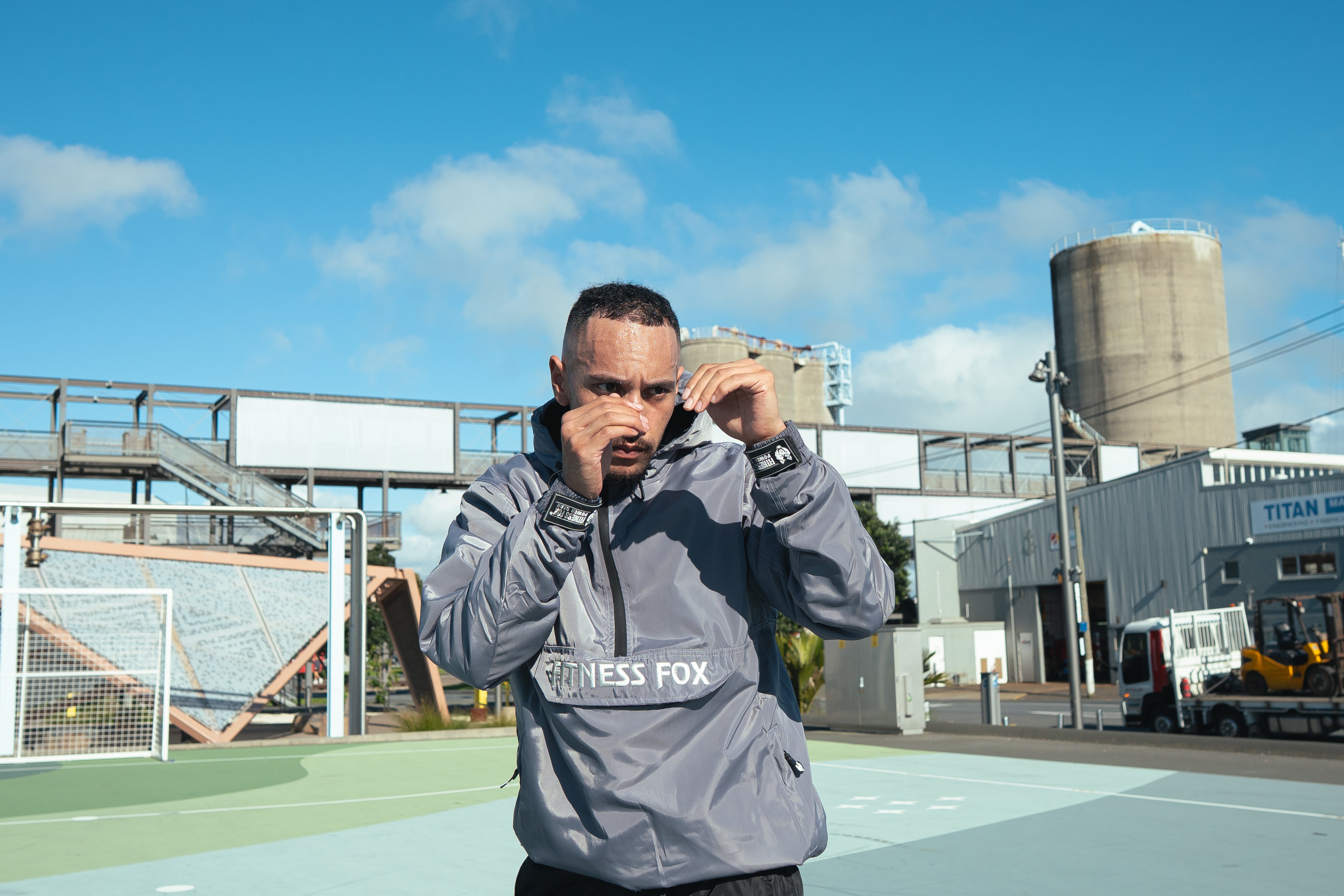
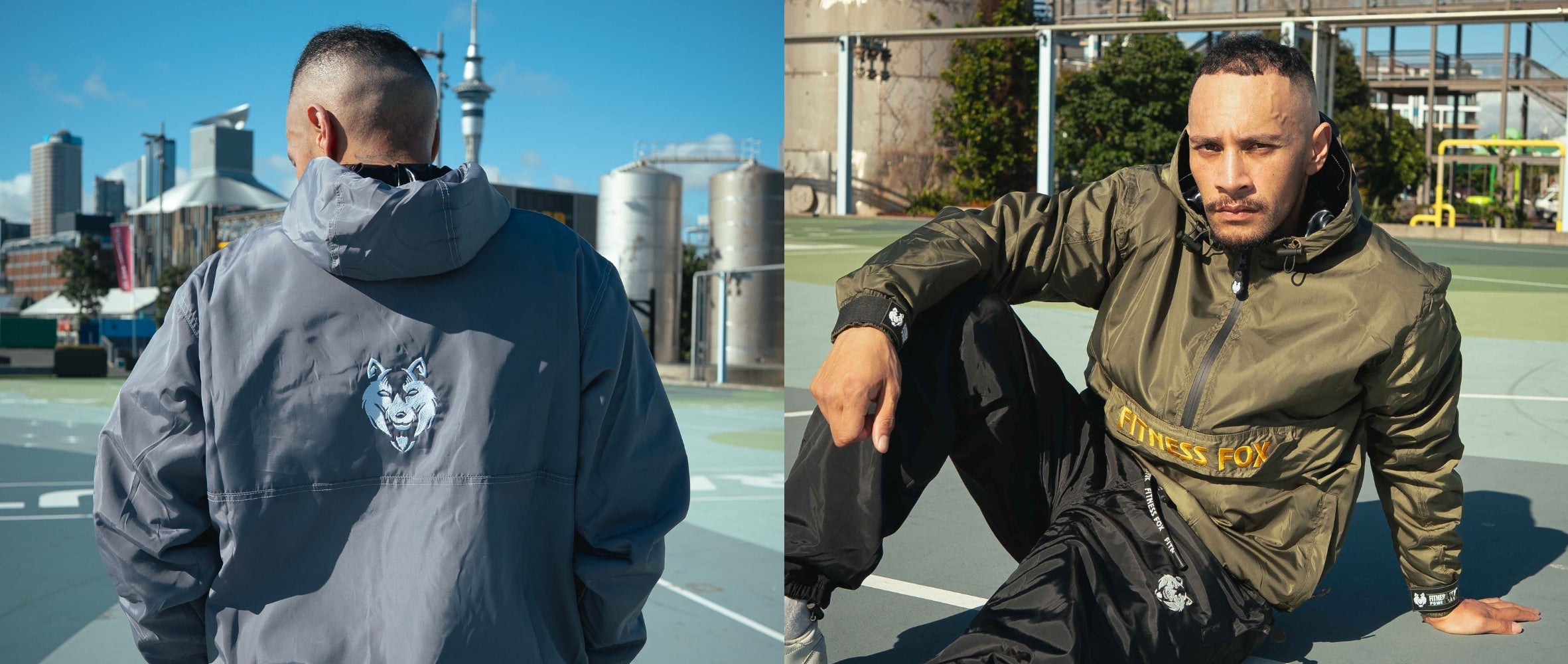
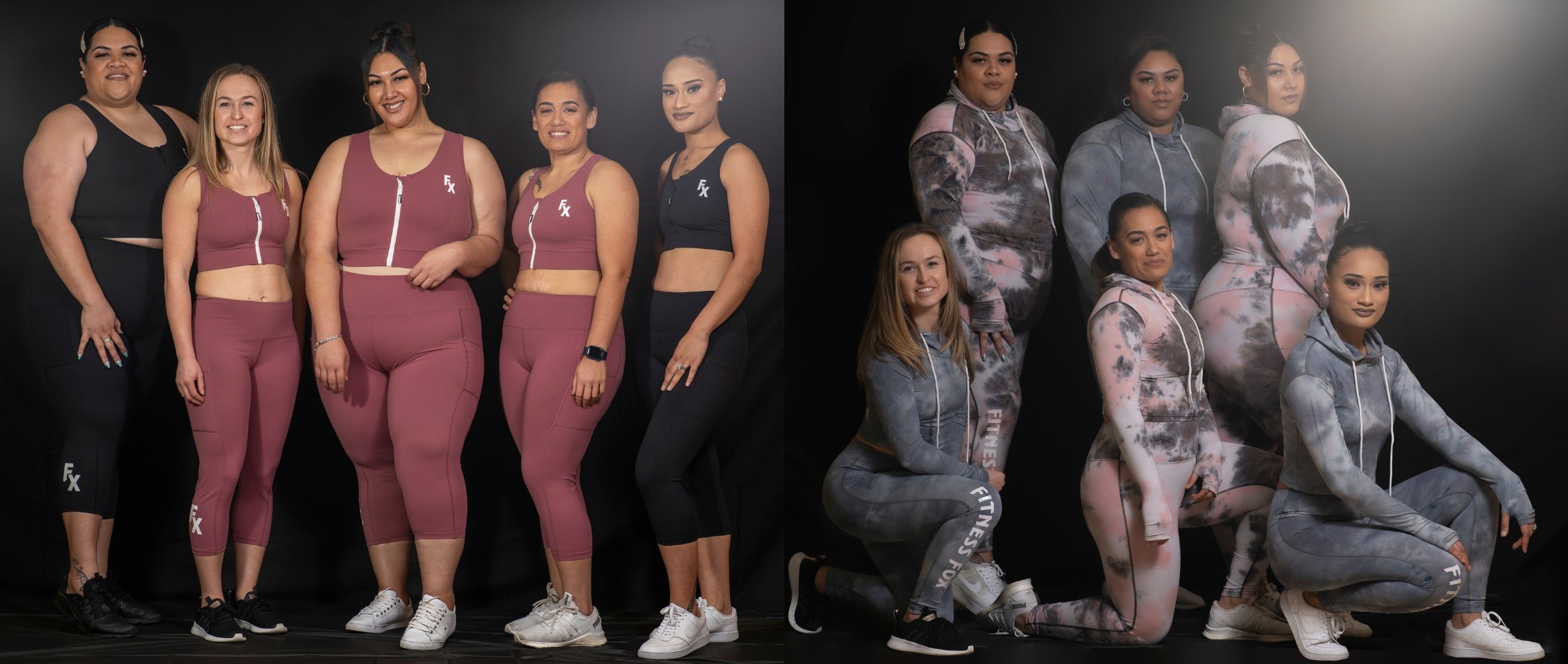


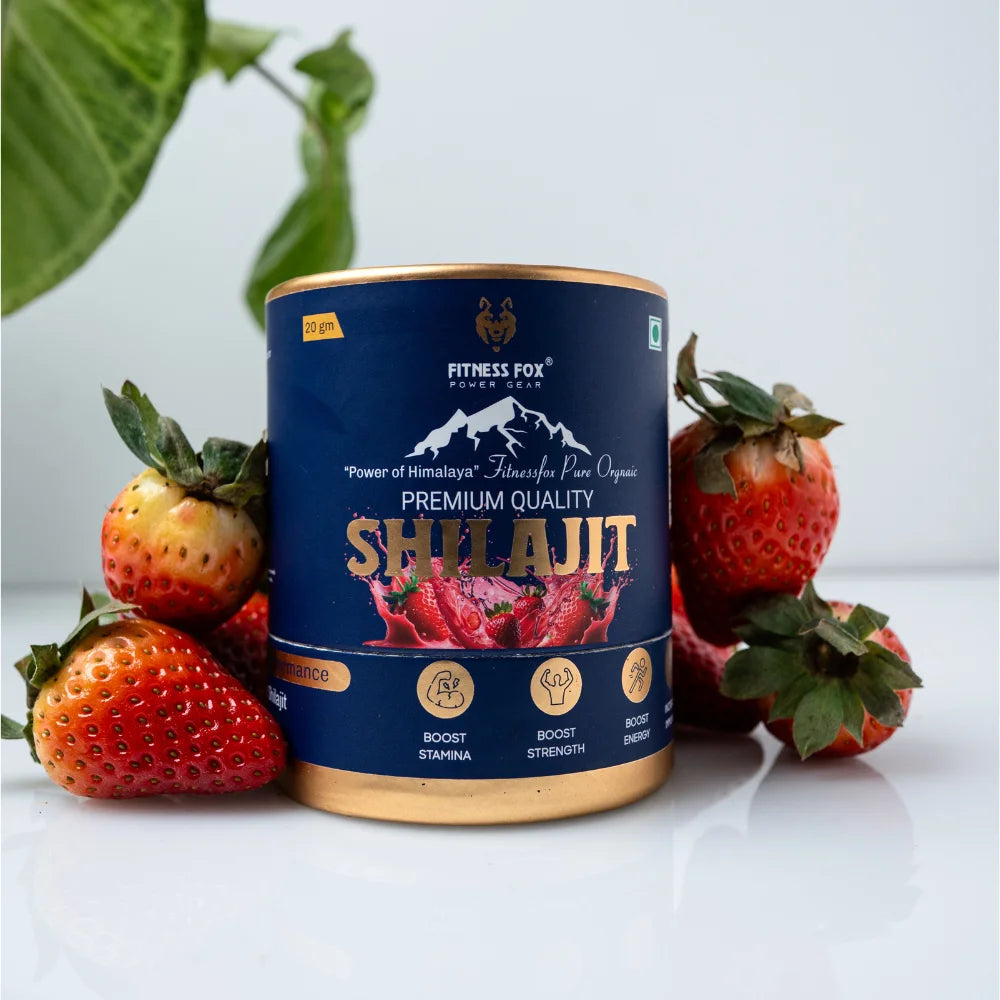


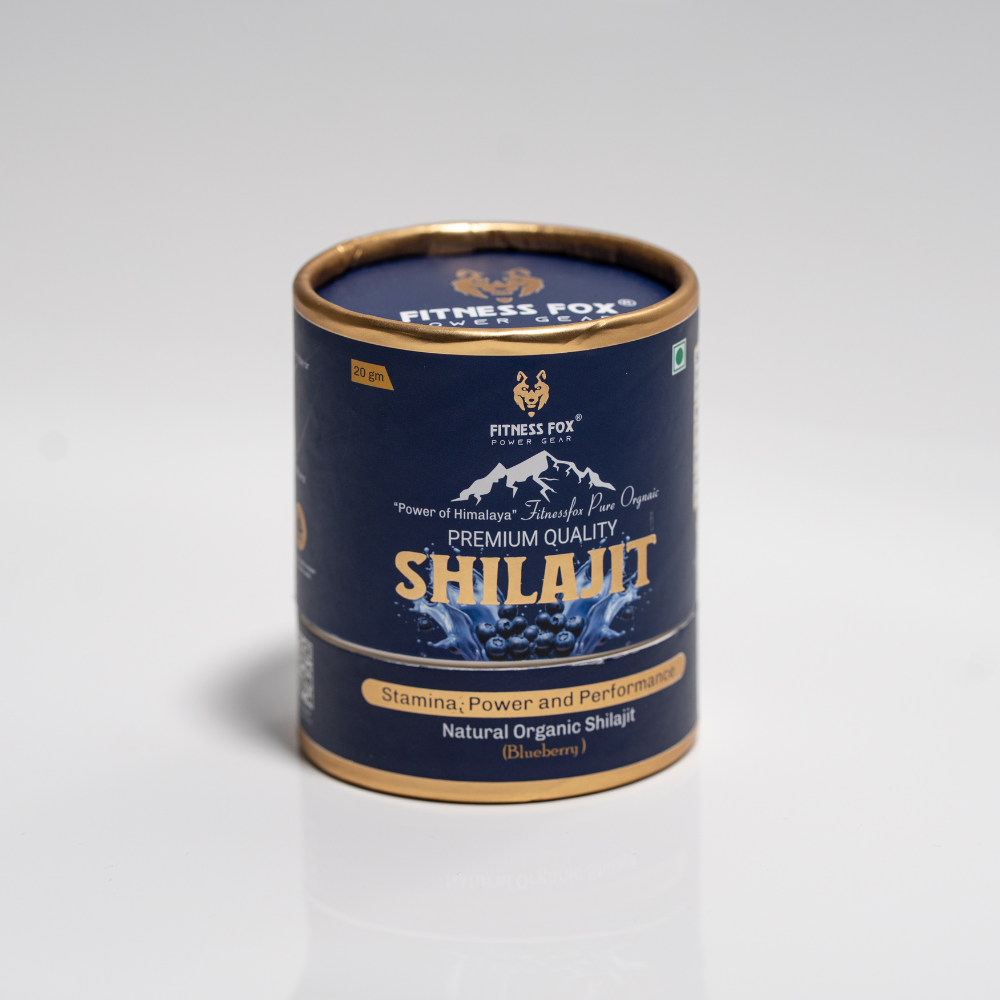
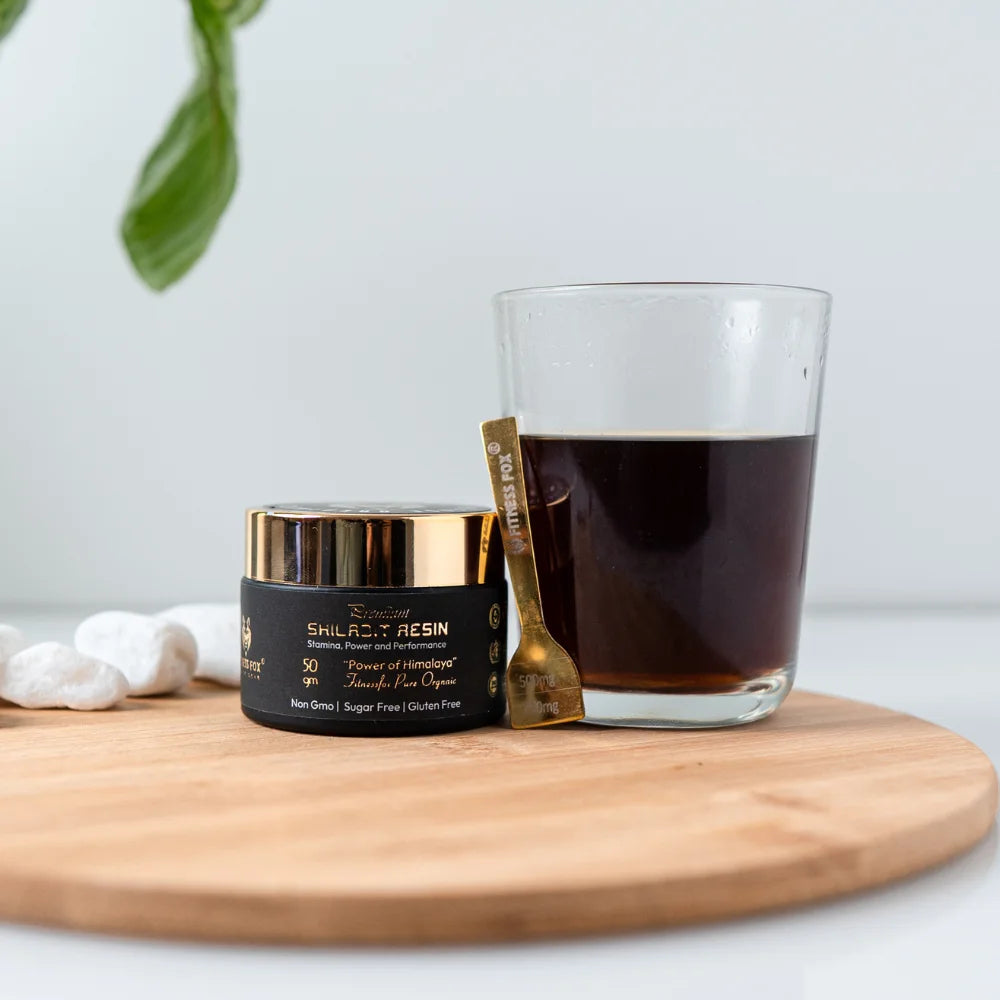

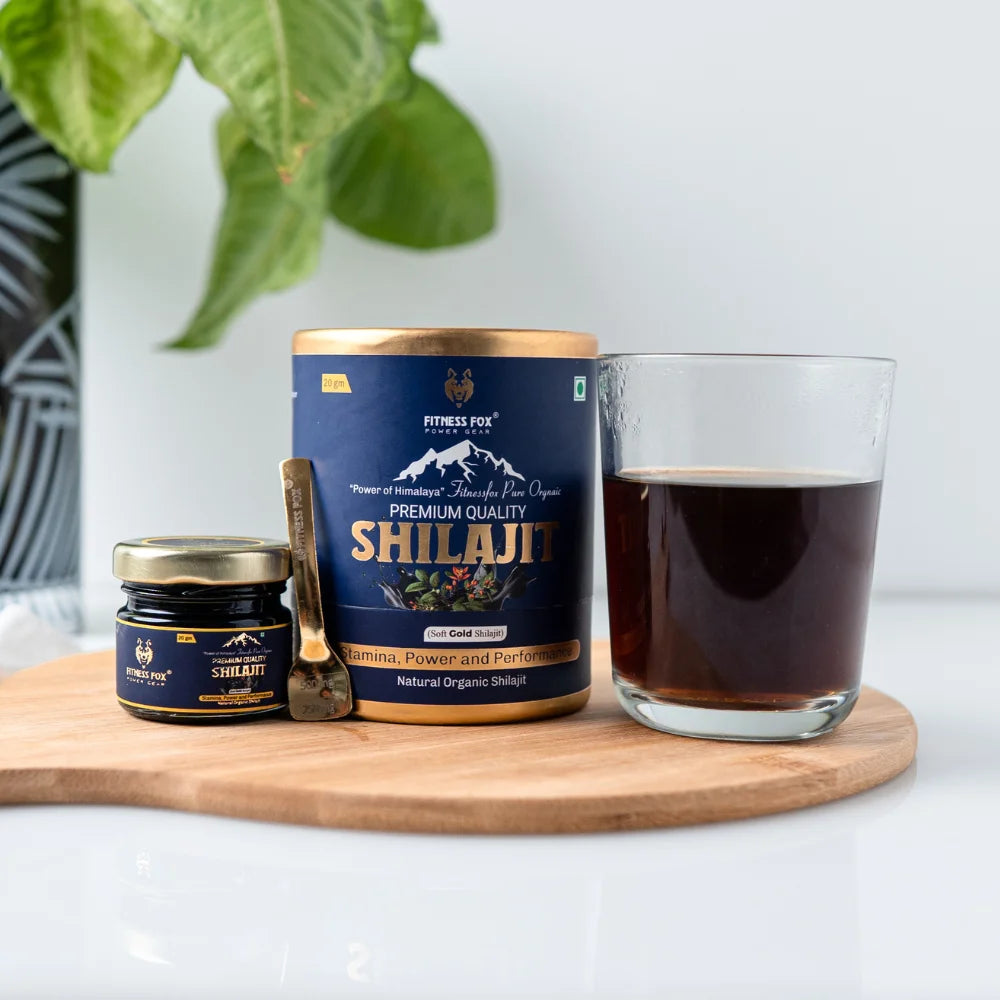
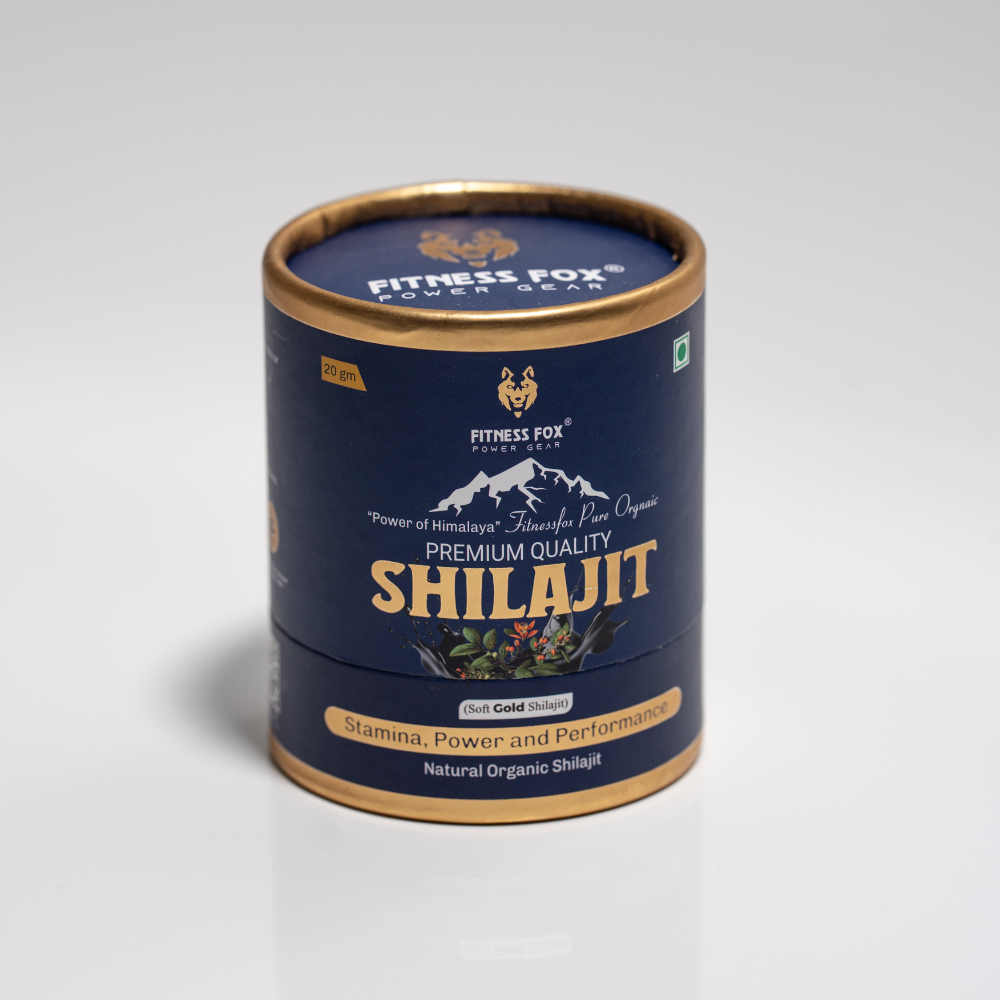

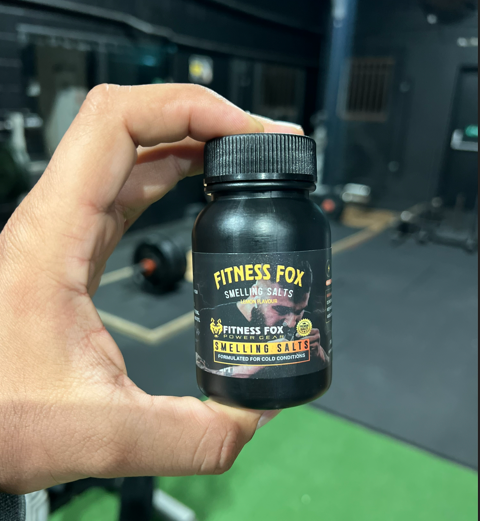

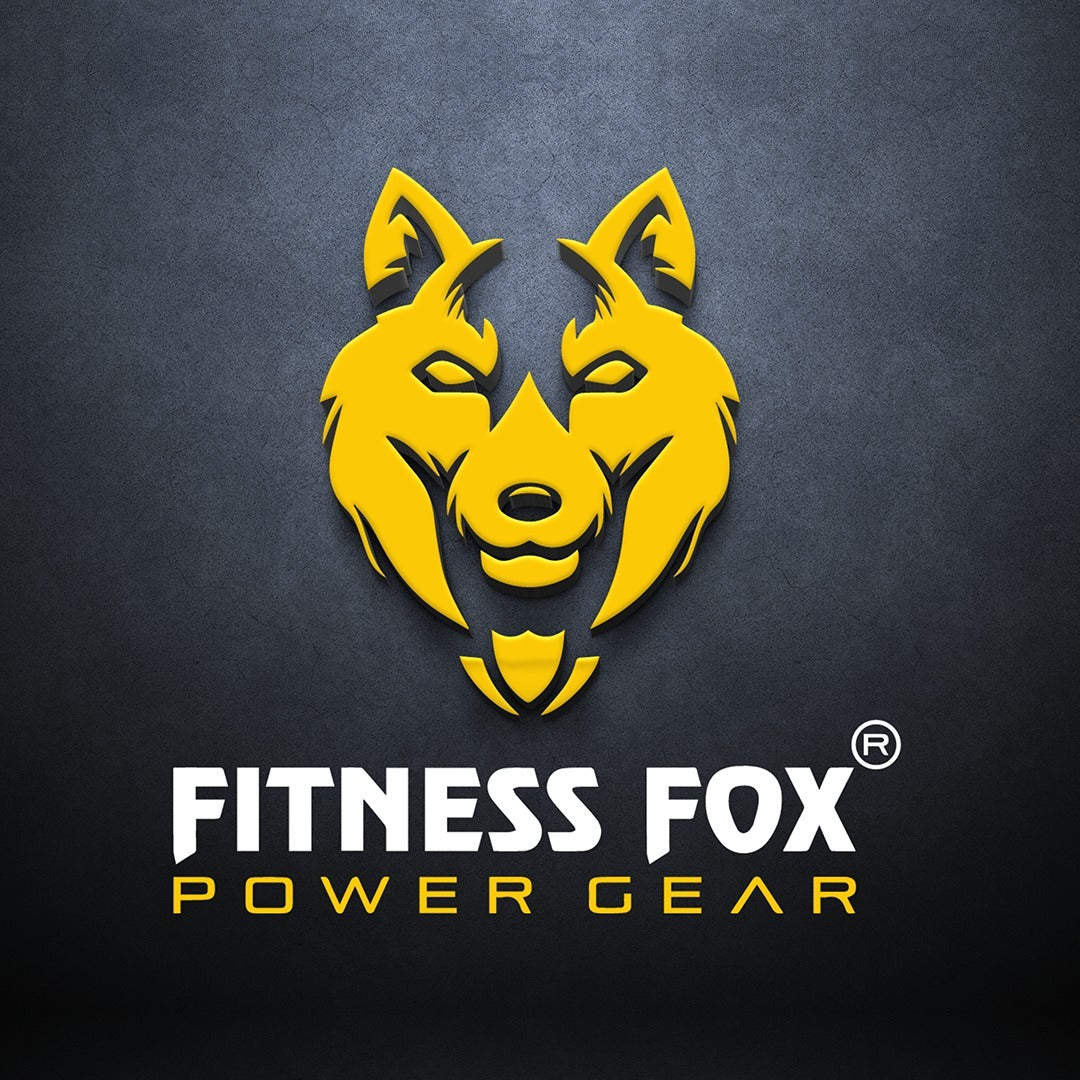
Leave a comment